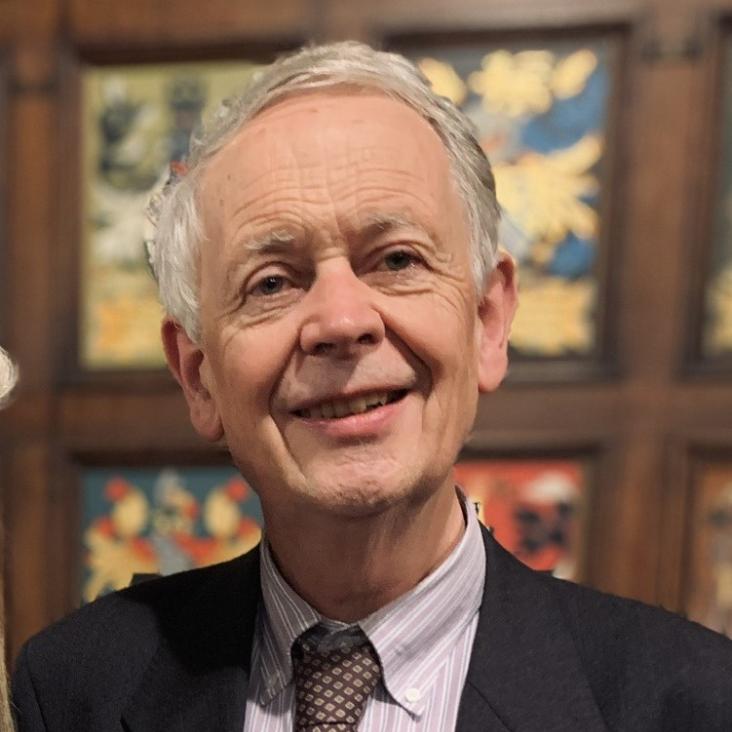Is Galactic Structure Compatible with Microlensing Data?
ArXiv astro-ph/0003330 (2000)
Abstract:
We generalize to elliptical models the argument of Kuijken (1997), which connects the microlensing optical depth towards the Galactic bulge to the Galactic rotation curve. When applied to the latest value from the MACHO collaboration for the optical depth for microlensing of bulge sources, the argument implies that the Galactic bar cannot plausibly reconcile the measured values of the optical depth, the rotation curve and the local mass density. Either there is a problem with the interpretation of the microlensing data, or our line of sight to the Galactic centre is highly atypical in that it passes through a massive structure that wraps only a small distance around the Galactic centre.Dark Matter Problem in Disk Galaxies
ArXiv astro-ph/0003199 (2000)
Abstract:
In the generic CDM cosmogony, dark-matter halos emerge too lumpy and centrally concentrated to host observed galactic disks. Moreover, disks are predicted to be smaller than those observed. We argue that the resolution of these problems may lie with a combination of the effects of protogalactic disks, which would have had a mass comparable to that of the inner dark halo and be plausibly non-axisymmetric, and of massive galactic winds, which at early times may have carried off as many baryons as a galaxy now contains. A host of observational phenomena, from quasar absorption lines and intracluster gas through the G-dwarf problem point to the existence of such winds. Dynamical interactions will homogenize and smooth the inner halo, and the observed disk will be the relic of a massive outflow. The inner halo expanded after absorbing energy and angular momentum from the ejected material. Observed disks formed at the very end of the galaxy formation process, after the halo had been reduced to a minor contributor to the central mass budget and strong radial streaming of the gas had died down.Disk heating and stellar migration in galaxies
ArXiv astro-ph/0003194 (2000)
Abstract:
The paper claimed that significant radial migration of stars in a stellar disk like that of the Milky Way could not occur. We now think that while the treatment of the effects of molecular clouds was correct, the paper seriously underestimated the ability of spiral arms to shift the radii of stars that corotate with them. Consequently, it is likely that significant radial migration_is_ possible.Accretion by galaxies
ASTR SOC P 197 (2000) 107-114
Abstract:
Both theory and observation indicate that galaxies like the Milky Way accrete matter at the rate of a few M. per year.Is galactic structure compatible with microlensing data?
ASTROPHYSICAL JOURNAL 537:2 (2000) L99-L102


